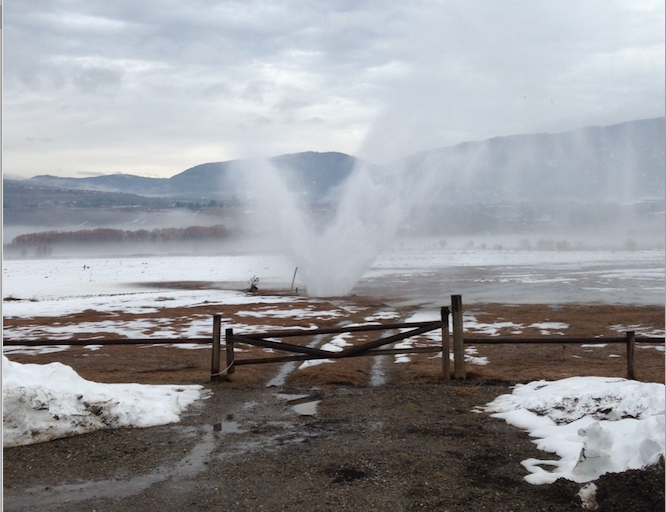Greater Vernon Water—the utility that serves a conglomerate of municipalities in the Okanagan Region of B.C.—has initiated a program to assess the state of its more than 700 kilometres for water pipelines.
Zee Marcolin, the manager of utility operations for Greater Vernon Water (GVW) told Water Canada, “We really started to develop and implement a comprehensive Asset Management Plan three years ago when I started in this position and are still working on it.”
“Our soil corrosivity sampling is assisting us in identifying areas to look for leaky pipes (ie. metal pipes in corrosive soils) and we have been doing pilot projects to examine in-situ assessment techniques such as videoing and are actually meeting next week to discuss other ways to assess pipes.”
Marcolin said Vernon Water partnered with UBCO to develop GIS tools to identify high risk pipes to guide the replacement program.
“We’re looking at a number of factors, including corrosive soils, pipe condition (age, material, diameter, pressure), break history and consequence to identify and prioritize which pipes we need to focus on replacing. Last year we started an intensive soil sampling program with our operations crews to map out areas of corrosive soil as we have discovered that we have more of a break issue with our younger metal pipes than our older asbestos concrete pipes.”
The utility has also hired a consultant to develop a Sustainable Infrastructure Investment Plan (SIIP) to examine the current replacement needs versus the current financial input requirements. “The SIIP will identify if we are putting enough money into renewal and will this be presented to our Board so we can start discussing our financial requirements,” said Marcolin.
“We haven’t really targeted leaky pipes yet and are in more of a reactive mode with replacing pipes. One of the criteria for our replacement program is looking at our break history to determining where we should be replacing pipes. That being said, we are finding that breaks are often in areas where the pipes are leaky. Identifying leaky pipes is coming but [we] don’t have a comprehensive program yet to identify leaky pipes.”









